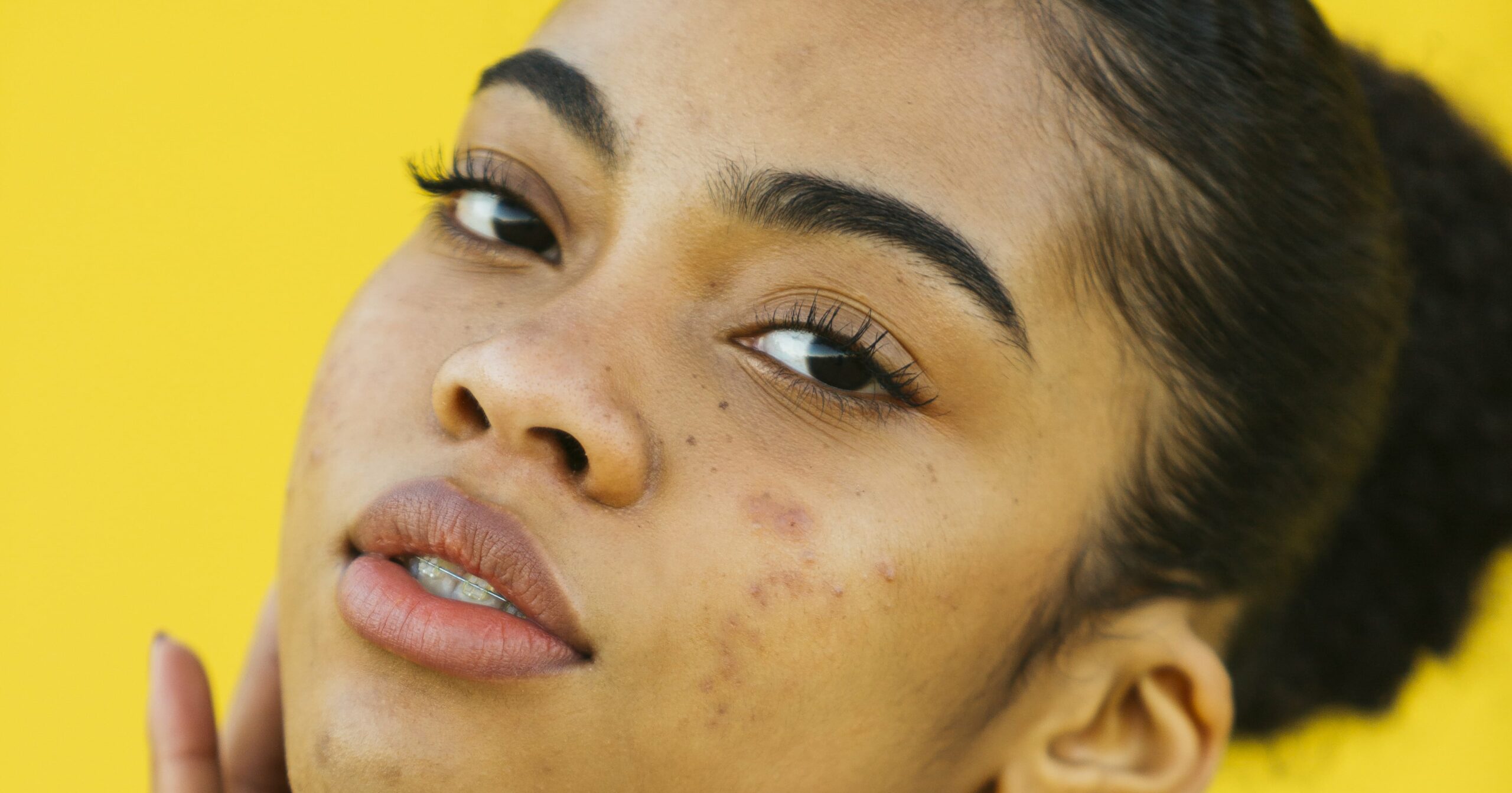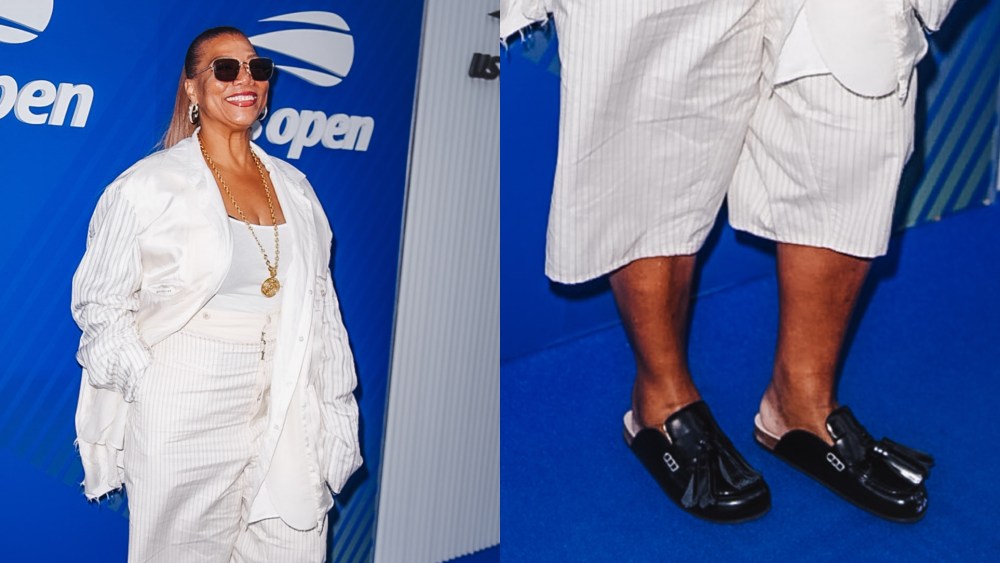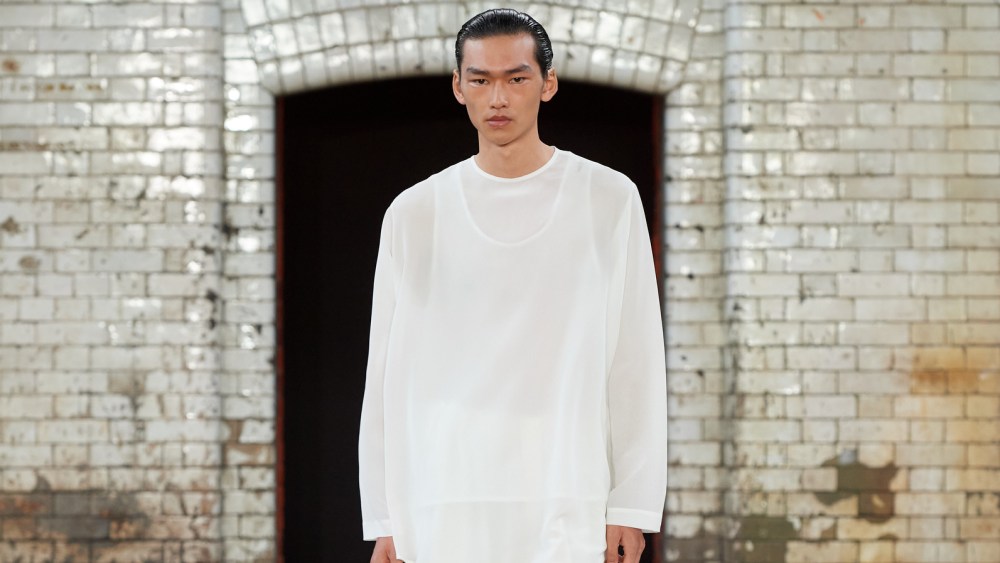Navigating the world of acne is no easy feat – there are hundreds of the best acne products geared toward treating it and endless contradicting advice on what to do if you have it. But before you even get into the nuanced options of treatment, you first need to be able to identify the acne type you have. This allows you to better understand the stages your pimple is likely to go through.
Not all acne is the same, and within one person, multiple different types of pimples can present themselves. They each fall into one of two categories: noninflammatory and inflammatory. To help you distinguish between different types of acne and learn how to treat acne of all varieties, we tapped a dermatologist to break down the details of every type of breakout.
It’s important to note: “There is no one-size-fits-all treatment for acne,” David Lortscher, MD, board-certified dermatologist and CEO and founder of Curology, tells POPSUGAR. “What works for one person might not work for someone else.”
Acne Types:
- Whiteheads
- Blackheads
- Papules acne
- Pustule acne
- Cystic acne
- Nodules acne
Whiteheads
Whiteheads, otherwise known as closed comedones, are one of the most well-known types of acne and occur when oil and dead skin cells clog a pore. They’re considered to be noninflammatory acne. “They are covered by a thin layer of skin,” says Dr. Lortscher. “Because of this, the contents of the whitehead are not exposed to air, so they appear white or yellowish.” If you’re unclear on the difference between whiteheads vs. blackheads, just consider the look of these pimples – whiteheads have a white center while blackheads are dark.
Because they’re close to the surface, a good whitehead treatment typically involves topicals, such as over-the-counter cream. Using a benzoyl-peroxide cleanser often improves the issue. The American Academy of Dermatology Association also recommends trying a retinoid, which can be bought without a prescription. Extractions are also an option, but they should only be done by a professional like a dermatologist or aesthetician.
Blackheads
Another form of noninflammatory acne is blackheads, aka closed comedones. They occur the same way as whiteheads – by dead skin cells and oil being trapped under the skin – except they don’t present as a raised bump and instead appear as dark dots in the skin. “Oxidation of the trapped substances makes the pimple look black,” Dr. Lortscher says.
The blackhead treatment protocol is similar to that of whiteheads – try a benzoyl peroxide cleanser and look for other products that will gently exfoliate away dead skin cells to keep them from getting stuck in your pores.
Papules
When it comes to the inflammatory category of acne, the pimples become a bit harder to differentiate at home. “Papules are tender bumps with redness and swelling caused by inflammation,” Dr. Lortscher says. “They are usually less than 5mm.” These tiny bumps can feel hard to the touch and can be grouped together in large clusters.
One of the best papules treatment plans is a benzoyl-peroxide or salicylic-acid cleanser, but if the issue persists, you should see a dermatologist. Because of their similar names, many people are often confused about the difference between papules vs. pustules – but they’re not the same.
Pustules
Next, you have pustules, another form of inflammatory acne. They are “inflamed lesions with a visible central core of pus and are usually raised about 1-5 mm.” They can be mistaken for whiteheads due to their white core, but they’re larger in size.
It can be tempting to try to pop a pustule to get rid of it quicker, given that it’s filled with white or yellow fluid and near the surface of the skin, but this can potentially cause scarring. As far as pustules treatment options go, it’s best to incorporate a benzoyl-peroxide or salicylic-acid cleanser into your skin-care routine twice a day.
“Hydrocolloid bandages are helpful in covering the lesions overnight, or up to 24 hours, and help draw out the contents of the lesion and speed healing,” Dr. Lortscher says. Acne patches are also great if you have a habit of picking at your zits.
Cysts
Cysts, or cystic acne, have a reputation for being particularly stubborn and challenging to treat, not to mention painful. That’s because Dr. Lortscher says they’re “highly inflamed” and deep under the skin. Cystic pimples also have a tendency to leave behind scarring.
Because cysts are deep under the skin, they typically don’t respond well to OTC topical treatments. “You’ll do best to see a dermatologist in person or online via telemedicine,” Dr. Lortscher says. “For acne that does not respond to the usual treatment, oral antibiotics may be used.” Common oral acne medications include spironolactone and Isotretinoin (formerly known as Accutane). If a cystic zit pops up right before an important event, cortisone injections administered by a doctor can also help clear the breakout fast.
Nodules
The last pimples in the inflammatory category are nodules. “[They’re] large, firm, reddish bumps that extend deeper than a papule and are often painful,” Dr. Lortscher says. These are the types of pimples that are impossible to pop.
Similar to cysts, nodules don’t typically respond well to topical treatments, so seeing a dermatologist is the best route.
Quiz: What Type of Acne Do I Have?
1. How would you describe your acne?
A) Small, pus-filled bumps with a visible white or yellow center. I can’t really feel them.
B) Tiny, black dots on my face with a high concentration around my T-zone.
C) Large, swollen bumps that I can’t easily see, but, boy, do I feel them. They also take forever to go away.
D) Small, red bumps that feel hard when I touch them. They usually appear in clusters on my face.
E) Big, red, painful bumps all over my face that don’t have a visible white center of pus.
F) Larger bumps with a white, pus-filled center that are tempting to pop.
2. Do you notice a white pus in the center of your breakout?
A) Yes, there are many tiny, white pimples.
B) No, the center is more black.
C) I can’t see any white – only red, swollen bumps that feel like they are under the skin.
D) No white center, but they do feel hard to the touch.
E) My pimples are more red than anything.
F) Yes, and they are so tempting to pop.
3. Where is your acne located on your body?
A) Mostly on my T-zone.
B) All over my nose and a little bit on my chin.
C) Mainly on my jaw, cheeks, or the lower half of my face.
D) All over my cheeks.
E) All over my face.
F) On my face but also on my back and chest.
4. Does your acne hurt to the touch?
A) No, not at all.
B) No, there’s no bump to touch.
C) Yes, in the deep, under-the-skin type of way.
D) A little bit, but nothing too bad.
E) Yes, it is very painful.
F) Occasionally, but not usually.
Results
If You Got Mostly A’s: It Sounds Like You Have Whiteheads
You might have whiteheads, or closed comedones, which are considered to be noninflammatory acne and can occur anywhere on the face. They occur when oil and dead skin cells clog a pore, and are also typically accompanied by an oily T-zone. You should be able to identify this type of acne because they have a distinct look.
If You Got Mostly B’s: It Sounds Like You Have Blackheads
If your acne looks like tiny dark dots on your face, you probably have blackheads, aka closed comedones. They’re one of the most easily identified types of acne (just be sure you’re not confusing them with sebaceous filaments) and tend to be textured, thick, and waxy. Unlike other pimples that cause a raised bump on the skin, blackheads are flush with the skin.
If You Got Mostly C’s: It Sounds Like You Have Cystic Acne
You might have cystic acne, the most severe and chronic type of acne. Cysts are the type of pimples that you can feel coming days before they fully form. Unlike pustules and whiteheads, they often begin to develop deep beneath the skin, which makes them particularly challenging to treat. When picked at, cystic pimples have a tendency to leave behind scarring.
Hormonal acne can often present itself in the form of cysts. Most people who menstruate and experience this get breakouts on their jawline around the time of their period. This type of acne is almost always best treated with the help of a dermatologist.
If You Got Mostly D’s: It Sounds Like You Have Papules Acne
It sounds like you might have papules, a type of inflammatory acne. This means your pimples are usually raised, red, and occasionally tender to the touch. They’re also smaller than cysts or nodules. These tiny bumps can feel hard to the touch and can be grouped together in large clusters.
If You Got Mostly E’s: It Sounds Like You Have Nodules Acne
Not to be confused with cysts, nodules are deep, large, firm, reddish bumps. Like cysts, they’re difficult to pop but they differ in their appearance: they create a hard, visible bump on the surface of the skin.
If You Got Mostly F’s: It Sounds Like You Have Pustule Acne
You might have the acne type called pustules, which are pus-filled zits that look similar to whiteheads in appearance because they have a white core, but they’re much larger in size. This type of pimple is usually tempting to pop because there is raised white pus, but you should refrain from touching it because it can lead to scarring.




